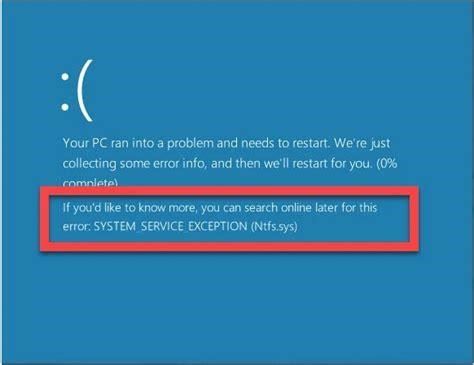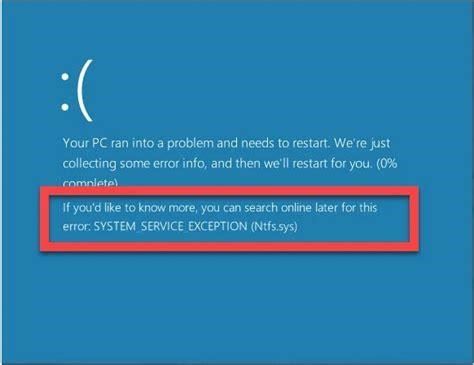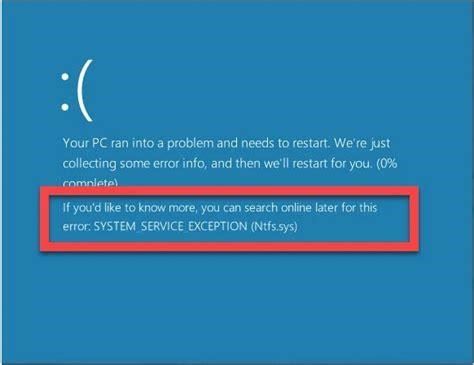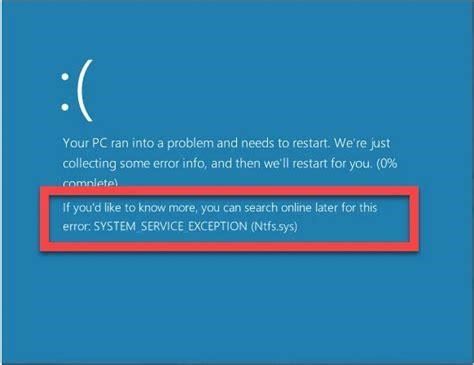Resolving Persistent Wi-Fi Connectivity Problems in Windows 10
Having a stable, reliable Wi-Fi connection is crucial for many of us nowadays. But what happens when you start experiencing constant connectivity issues that prevent you from accessing the internet? Don’t worry, with a few strategic troubleshooting techniques, we can get to the bottom of those pesky Wi-Fi problems on your Windows 10 PC.
In this guide, we’ll walk through several effective methods to diagnose and resolve ongoing wireless network connectivity failures. Whether your Wi-Fi keeps disconnecting or won’t stay connected in the first place, these tips will help you get back online quickly.
Check the Physical Wi-Fi Switch
Before diving deep into software and driver-related solutions, first check for hardware problems. Many laptops have a physical switch or button that toggles the Wi-Fi on and off.
Examine your device and make sure the Wi-Fi switch is turned to the "on" position. Look for an LED indicator light as well – it should be illuminated when Wi-Fi is enabled.
Toggle the switch on and off a few times to reset the connection. This simple step alone can fix intermittent connectivity drops if the hardware switch has been accidentally bumped or flipped.
Run the Network Troubleshooter
If your Wi-Fi woes persist, don’t fret. Windows 10 has a built-in network troubleshooter tool that can automatically detect and resolve all sorts of wireless configuration and connectivity issues.
Access the troubleshooter via Start > Settings > System > Troubleshoot > Other Troubleshooters. Under "Most frequent," select "Network & Internet" then click Run.
The troubleshooter will initiate a series of diagnostic tests to analyze your network adapter, IP configuration, DNS server connectivity, and more. It will then make corrective changes as needed.
This automated utility optimizes network settings for peak performance. Run the troubleshooter whenever experiencing spotty Wi-Fi connections for a quick fix.
Forget the Problematic Network
Over time, saved Wi-Fi network profiles can become corrupt and cause recurring drops. Deleting the troubled network forces Windows to freshly re-detect and reconnect to it.
Head to Settings > Network & Internet > Wi-Fi > Manage Known Networks. Locate the unreliable network and select Forget.
Windows removes the network profile. Now reconnect by re-entering the correct Wi-Fi password when prompted.
This wipes any problematic cached credentials or settings that may be plaguing the saved network. Re-joining the Wi-Fi hotspot essentially sets up a clean slate.
Update Network Adapter Drivers
Outdated, incompatible wireless drivers frequently trigger connectivity issues after Windows updates. Always keep your network adapter drivers up to date.
Visit your device manufacturer’s website and download the latest driver specifically for your network adapter model. Newer Windows 10 versions require revised drivers for full compatibility.
After installing the updated driver, select "Scan for Hardware Changes" to reinitialize the adapter and complete the refresh. With modern, stable drivers, your throughput and responsiveness should improve.
Reset Network Settings
As a last resort, resetting all network components will clear any troublesome customizations and revert to default settings.
Go to Settings > Network & Internet > Advanced Network Settings > Network Reset.
Select Reset Now and confirm on the next prompt. This will restart your device. Upon rebooting, try connecting to the Wi-Fi again.
Resetting typically resolves stubborn wireless problems caused by complex manual network tweaks made over time.
Stay Connected with Reliable Wi-Fi
Unstable internet connectivity seriously impacts productivity. Use the step-by-step troubleshooting methods above to banish buggy Wi-Fi and maintain smooth network performance. Pay special attention to hardware switches, automated tools, driver updates and network resets when wrestling with wireless issues.
With robust tools built into Windows 10 itself, resolving Wi-Fi headaches doesn’t require advanced technical skills. Armed with these tips, you can confidently overcome connection problems and keep your devices happily online.




